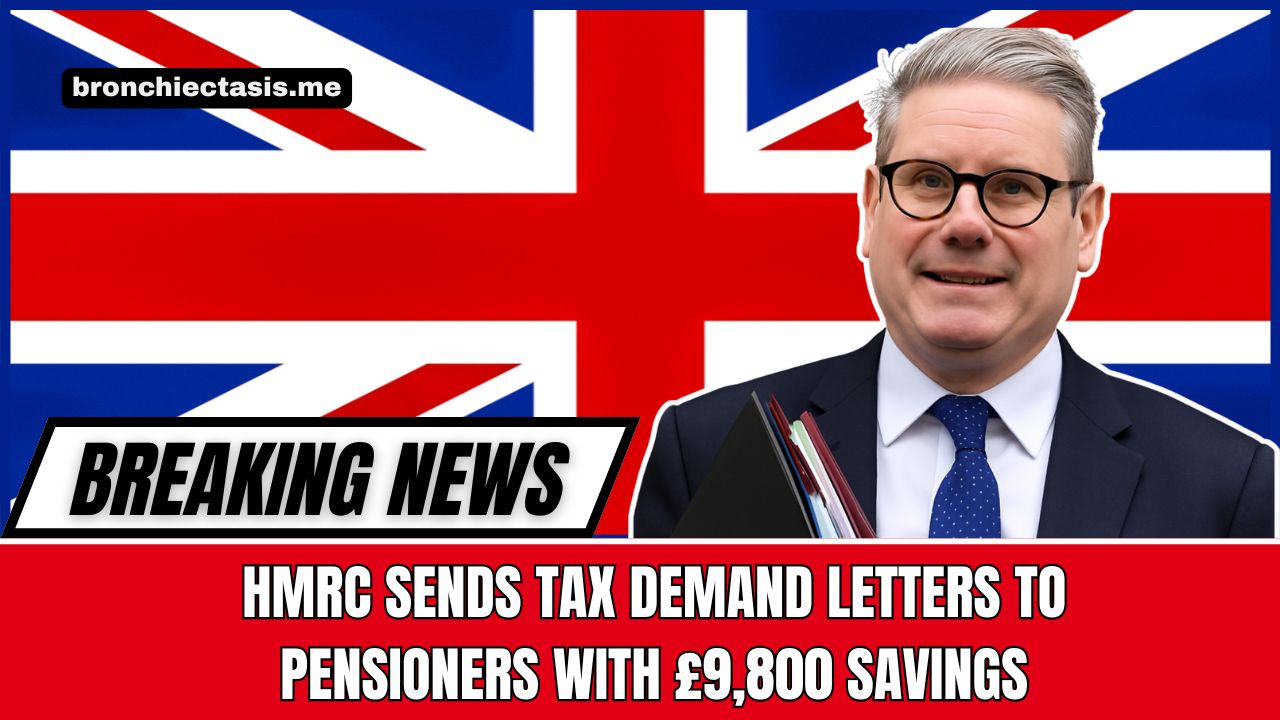A recent tax initiative has put state pensioners with £9,800 in savings on HMRC’s radar. It marks a significant shift in enforcement of savings interest taxation, affecting many retirees who rely on cash reserves. Here’s what’s happening, who’s affected, and how you can respond proactively.
Why Pensioners Are Being Targeted in This Tax Drive
Due to frozen tax thresholds, rising state pension payments, and stagnant personal savings allowances (PSA), more retirees are unintentionally crossing into taxable territory.
| Situation | Effect on Pensioners |
|---|---|
| Tax thresholds frozen since 2021 | Rising pensions push people into higher tax brackets |
| PSA still £1,000 (basic) / £500 (higher) | Savings of £9,800 can exceed PSA, triggering tax |
| HMRC now more actively enforcing savings taxes | Hoarded funds, even in cash, risk unexpected bills |
Pensioners traditionally depend on savings interest—especially when cautious about investing. However, when interest and pension income combine, even modest cashpots can breach allowances, prompting HMRC to issue demand letters.
How Much Savings Triggers a Tax Letter?
For higher-rate taxpayers, just £9,800 in standard savings (not ISAs) could push interest income beyond the £500 PSA, triggering tax demands. Basic-rate taxpayers face this risk at about £19,600, given their larger PSA.
These letters, which sometimes arrive by surprise, can reflect:
- HMRC’s detection of unreported interest
- Adjusted tax codes via Simple Assessments, deducting the tax directly from pensions
- Required changes to tax code for the following year
Impact on Pensioner Finances
- Unexpected tax bills may disrupt retirement budgets
- Tax codes could be changed without warning, reducing monthly income
- Older savers, especially those with large cash reserves, are among the most vulnerable
One financial director warns that someone with £100,000 in savings might need until 2030 to shelter it all through ISAs—but this assumes using the full annual £20,000 allowance every year.
What Pensioners Should Do Now
- Check your PSA status — Know whether you’re basic or higher-rate.
- Move savings to ISAs — Interest is tax-free, up to £20,000 per year.
- Share savings between partners — Each person has own PSA.
- Verify tax codes — If you receive an HMRC letter, compare your income to the figures and respond promptly.
- Review interest earned annually — Monitor to avoid exceeding your PSA.
If you receive a notice, you don’t always owe money—it might simply prompt evidence submission to correct your tax record.
With rising interest rates and frozen PSA and tax thresholds, HMRC’s new tax enforcement is putting many pensioners in precarious financial positions. Even £9,800 in non-ISA savings can trigger scrutiny and tax obligations—especially for higher-rate taxpayers.
But by using tax-efficient savings methods like ISAs, monitoring PSA limits, and keeping your HMRC communication up to date, you can protect yourself and avoid unwelcome surprises.
FAQs
Is £9,800 in savings really a problem?
Yes. Higher-rate taxpayers can breach their £500 PSA at that level, especially with rising interest rates.
Will tax be taken automatically?
Yes—via Simple Assessments, adjustments can reduce your pension without needing a Self Assessment.
Can ISAs help me avoid this?
Absolutely. ISAs shelter interest from tax, so maximizing them can prevent surprise tax bills.

